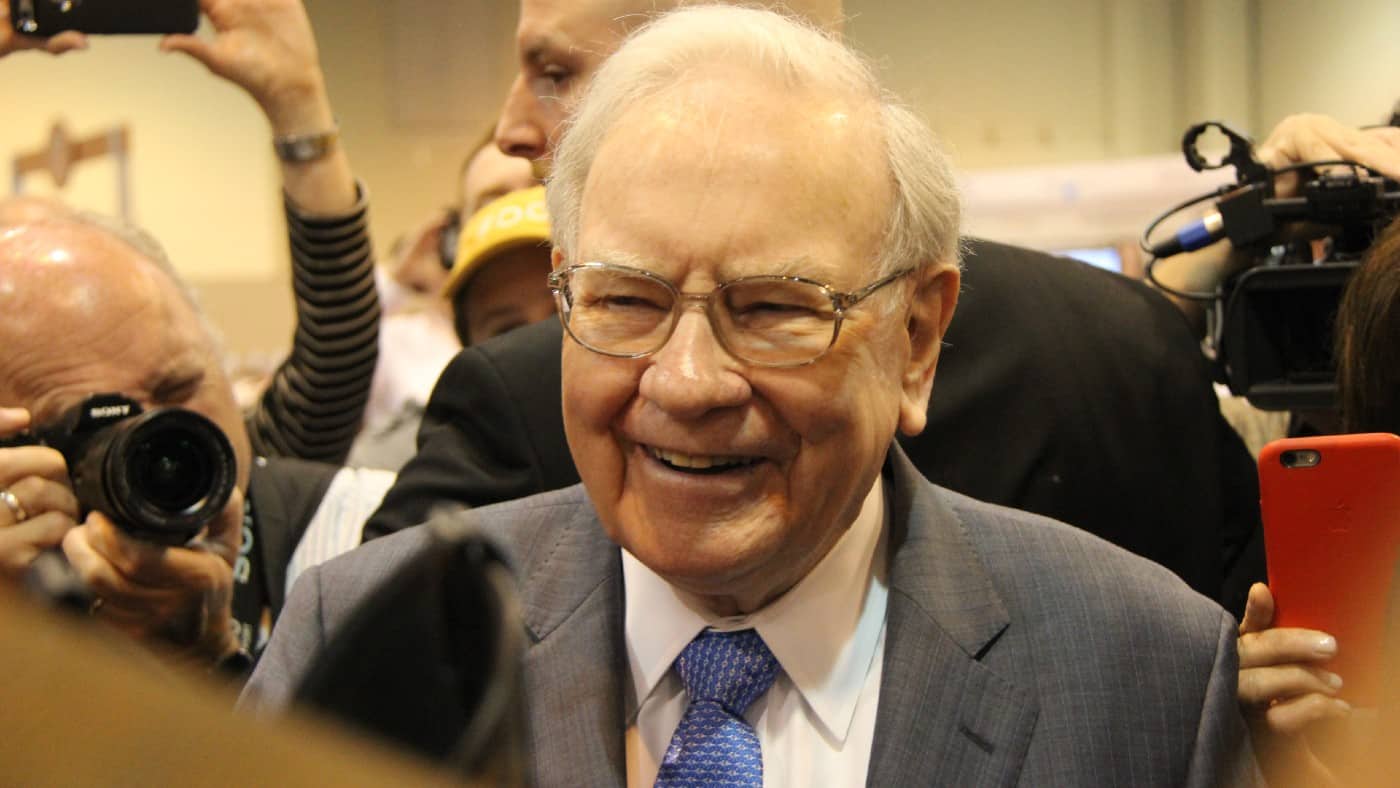Warren Buffett is among the most famous and successful investors worldwide. Naturally, we all want to replicate what the so-called ‘Oracle of Omaha’ has achieved.
One thing Buffett teaches us is that it’s never too late to start. The Berkshire Hathaway boss built 99% of his wealth after the age of 50. So, as I approach my thirties, I’ve got plenty of time to put Buffett’s teachings into practice.
Value investing
Buffett is known for his value investing strategy. This involves picking stocks that appear to be trading for less than their intrinsic or book value.
By purchasing stocks that appear to be trading for less than their intrinsic or book value, we’re looking for a security’s margin of safety. Buffett is known to look for a margin of safety up to 50%.
Common sense and fundamental analysis underpin many of the principles of value investing.
Unlike investing in growth stocks, where it can be almost impossible to accurately predict the development of a company, with value stocks we have a slightly better idea.
Historical data allows us to make forecasts, and these can be used to assess how much a company should be worth today.
Fundamental analysis
There are many ways to value a company. Simple methods including use metrics such as the price-to-earnings (P/E) ratio. By comparing the P/E ratio with peers, I can develop an idea as to whether a stock is cheap for its sector.
But most metrics like this don’t give us a complete picture. By using a combination of metrics, including the EV-to-EBITDA ratio, among others, I can gain a more complete understanding of a company’s current worth.
Another method is using a discounted cash flow model. This requires me to forecast how much cash flow a company will have over a set period and then offset that against the value of time. After all, £1 today is worth more to me than £1 in a year because I can make that £1 work over 12 months.
Keep it simple
Buffett sticks to what he knows and takes very long positions. And this makes a lot of sense. For one, it would be difficult for me to forecast how much cash flow a company will generate if I don’t know the industry, or the company.
Take Moderna for example. If I incorrectly interpreted historical results — the company made billions in recent years selling Covid vaccines — I could seriously mislead myself concerning the stock’s intrinsic value.
Buffett takes long positions, but it doesn’t mean he doesn’t sell. In fact, it’s a testament to his convictions about the long-term prospects of the companies he’s investing in.
So, in an effort to build wealth, I’m forgetting all about gold and following Buffett’s lead.
I appreciate that owning gold can act as a hedge against inflation and the general trend in the gold price over 20 years is upwards. But I believe a well-managed value investing strategy will bring me greater returns and a regular income in the form of dividends.
However, buying discounted stocks can be tricky and, of course, I can lose money. But by applying the margin of safety, I can hopefully reduce the risk of losing money and use it to propel my portfolio upwards when the market recovers.







